Throughout the summer and through the major party conventions, the prevailing view inside the Washington Beltway was that the 2012 presidential election would be a high-turnout, extremely close contest that could very well be decided by which party does a better job of motivating its base constituencies to vote. There is increasing reason to question each of these assumptions.
The case for high turnout rested, in essence, on three factors: the condition of the economy in general and unemployment in particular, the deep polarization between the two major parties and summer polls of citizen interest in the election. Historically, almost every recent election that was held coincident with high unemployment and perceptions of recession (e.g., 1982, 1992 and 2008) had high turnout. Polarization (2004) and polarization-plus in the unique and perceived transformative candidacy of Barack Obama (2008) produced the highest turnouts since 1960 and 1968 respectively. And summer polls by the Pew Center and Gallup showed potential voter interest running at about the same level (around 27 percent of the electorate paying close attention to the race) as at a similar time during the two previous presidential elections.
But there are contrary indicators. Viewership for both major party conventions was more than 10 percent less than in 2008. Turnout in the 2012 primaries tumbled to a record low. Recent polls on voter interest, particularly by Pew, show a post-convention decline in voter interest of about 10 percent when compared to the same time in 2008. Also, according to a Pew survey, voters' positive feelings about the candidates has been at the lowest level since 1992. Emotional connection among Republicans with their nominee has been weak and among Democrats diminished, at least compared to 2008. Many Tea Party-oriented Republicans do not trust Mitt Romney's commitment to their values. Many centrist Republicans are appalled at what their party has become. Youth no longer see in both politics and the president the change that drew them to the political barricades in 2008. Hope for something better in the next four years is in short supply. The visible campaign is dominated by a deluge of attack ads, often on the lowest level of content, surely reducing the impulse to vote. Polarization does manifest itself in the advocacy of each major party, but there's a large segment of the public that's longing for something in between that might produce compromise leading to positive public policy and not finding it.
There are also long-term factors -- the erosion of the religion of civic duty, the diminution of attention to the development of citizens in the educational system, the decline of the commons called the newspaper, the atomization and fragmentation caused by each succeeding development in communications technology, the reduction of hope as a major byproduct of progressive income inequality and lack of trust in political leadership, to name but a few. Despite the mobilization efforts of both parties and the reality that this is an election of substantial consequence with respect to the role and reach of government, it would be surprising if the 2012 election was a high-turnout election. If there is a 10 percent decline in turnout compared to 2008, there would be 95 million eligible citizens who would not vote. If turnout declined to the level of the election of 2000, as many as 100 million citizens might eschew the ballot box. (It should be noted that low turnout per se has no partisan effect. The central question with respect to result is not how many turn out to vote but rather who does.)
Similarly, there are some early indications that the race may not be as close as previously predicted. But it also might not go the way polls have been trending at any given time. There are pollsters and academics who argue that most of those who call themselves independents are really supporters of one of the major parties and that the percentage of the electorate that is truly undecided is between six and seven percent. Thus according to them, there will not be much movement. But the nominal partisan support of the majority of independents is soft support, very much capable of change, and there are weak partisans within both parties. After the first debate, the relative standing between the candidates shifted a full 12 percentage points in the most recent Pew poll.
If Obama performs no better in the next two presidential debates, if the next snapshot on unemployment at the end of October reverts to a figure over eight percent and if the Obama campaign doesn't do a better job of providing contrast on character and vision for the next four years, Obama could lose by a wide margin. On the other hand, if in the ensuing weeks, Romney is again seen as a person who will advocate anything to be elected, if he continues to refuse to reveal the details of his program on the economy and taxes, if his very real weaknesses and lack of experience in foreign policy is highlighted and if he makes missteps between now and the election that once again undermine his potential bond with average citizens, the pendulum could swing again strongly in favor of Obama.
The election could be as close as it was in 1948 when Harry Truman slipped back into office in the second lowest turnout contest since women were given the vote in 1920. This year's turnout won't be that low but it is also not writ in stone that it will be a close election. The situation is volatile and many things could happen that would determine both winner and margin. Stay tuned.